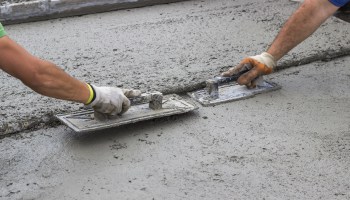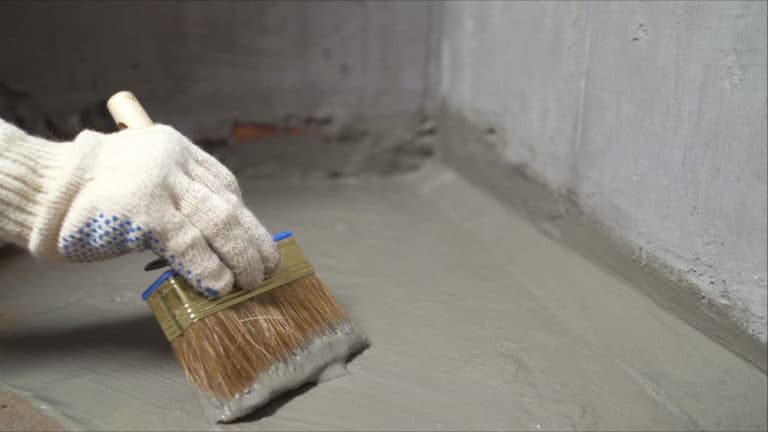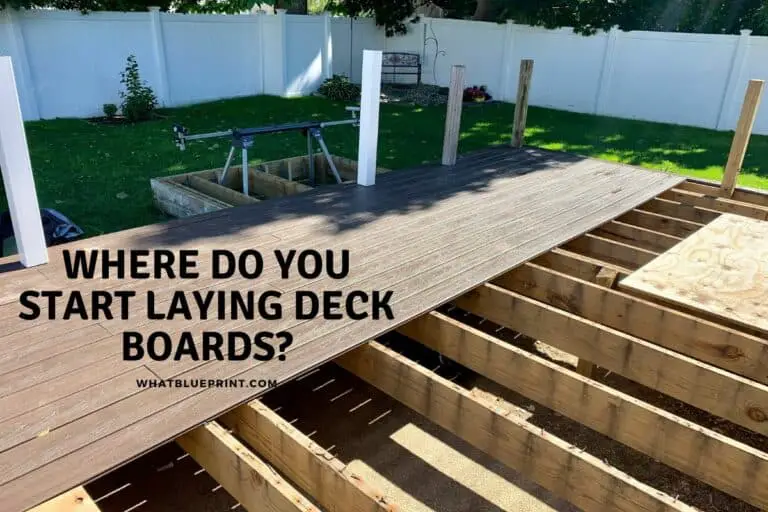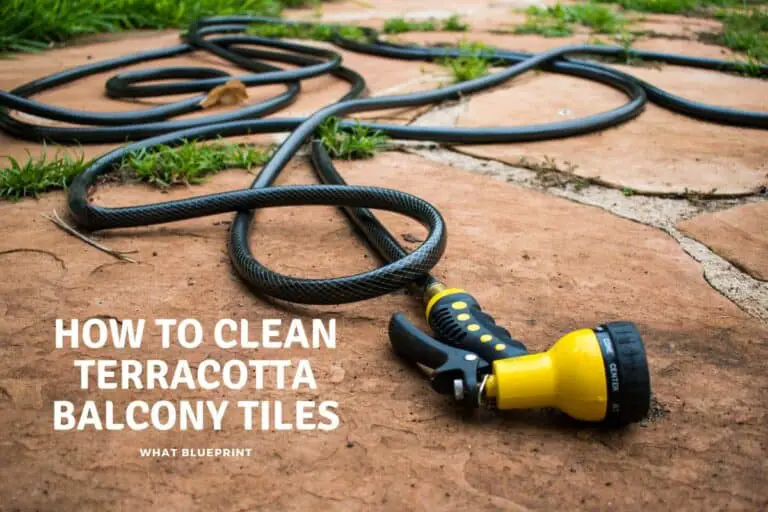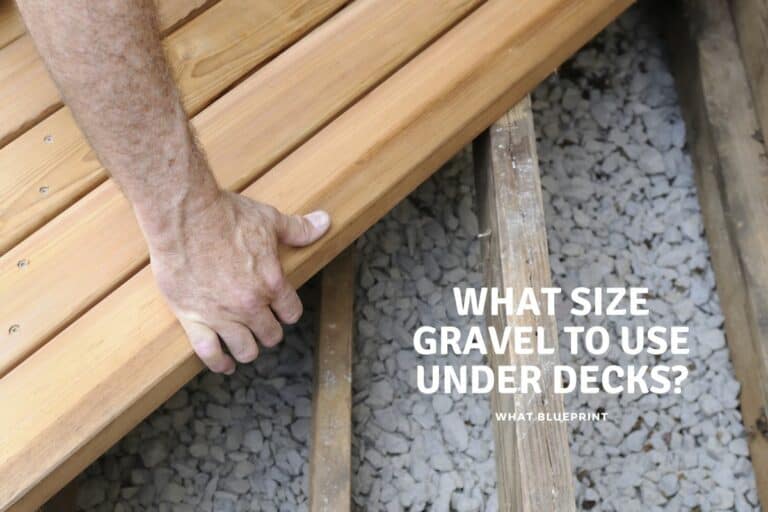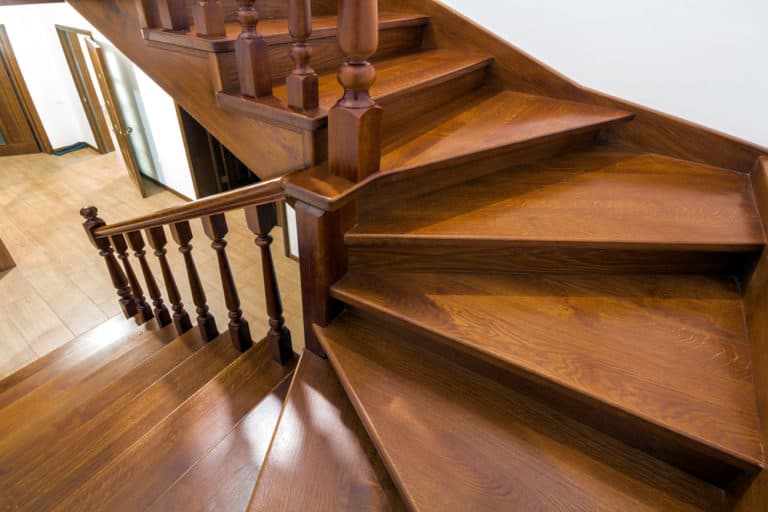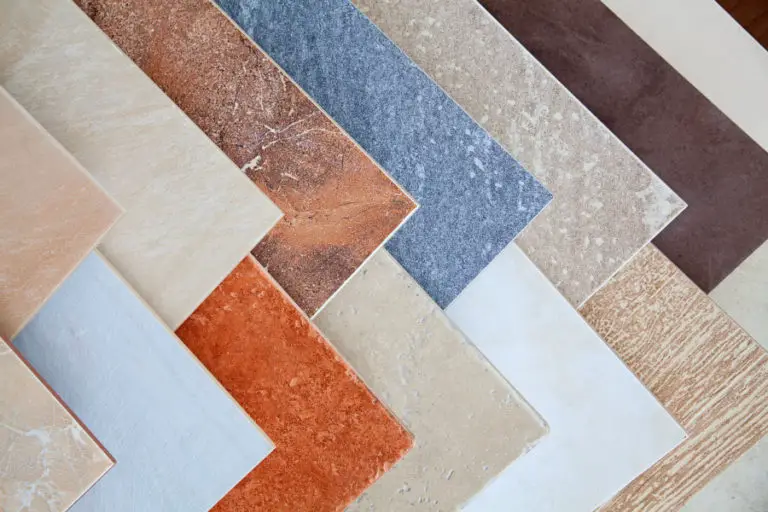Can a Concrete Slab Be Extended?
Concrete slabs are one of the most used types of foundation and horizontal structural components of any structure. It is cost-effective to build, and it is efficient in its purpose.
Since it is so common and knowing that the function of buildings changes over time, the question now is if a concrete slab can be extended.
Yes, a concrete slab can be extended. This will involve a lot of changes in your current home since concrete slabs have many requirements, and a change in the slab entails a lot of additions to utilities, fixtures, and other building components.
In this article, we’ll be going more into what concrete slabs do and what concrete slabs need. It’s important to know these concepts first before going into how the extension actually works so that you can understand why things are done the way they are.
Read on if you plan on extending your concrete slab or if you plan on doing any renovations that might affect your concrete slab.
What are the functions of a concrete slab?
A concrete slab is the horizontal structural member that allows for activity and space within a building. Concrete slabs can either be suspended or on the ground level. The former means that it is on the building’s upper levels, while the latter means that it is in contact directly with the ground.
Concrete slabs are used in conjunction with beams and columns to support the weight of the building, fixtures, and users. Even in foundations, ground-level slabs are supported by a structural system of beams and columns to ensure that the load of the building is evenly distributed and transferred to the grounds.
What makes slabs so essential is the fact that the majority of the loads will come from this component of the buildings. Columns, walls, beams are all relatively light compared to the amount of force that comes from the slabs. In fact, it’s common practice in the industry to calculate forces based on the surface area of the slab and the columns and beams that support that area.
This is why proper construction and the structural planning of the slabs of the building are a must for the building to stand properly.
When to extend a concrete slab
The necessity of extending your concrete slab comes from the need to have a new space. This type of renovation is one of the longest and most expensive types as it entails building new walls, columns, beams, roofs, windows, utilities, etc.
Since a slab is such a fundamental part of a building’s structure, extending it entails extending the entire building itself. Changes in the upper levels will also require changes on the ground level unless you plan on adding a small veranda.
A concrete slab may be extended when you need new floor space, specifically for the upper levels, as there can be no floor without a slab. There is a big difference as to how concrete slabs are made depending on their usage.
One key component that will always remain true for anything that involves concrete is the need for rebars.
Rebars make up for an aspect that concrete lacks in, which can handle tension forces. In this sense, the rebar and the concrete could be considered equally important when considering extending a concrete slab.
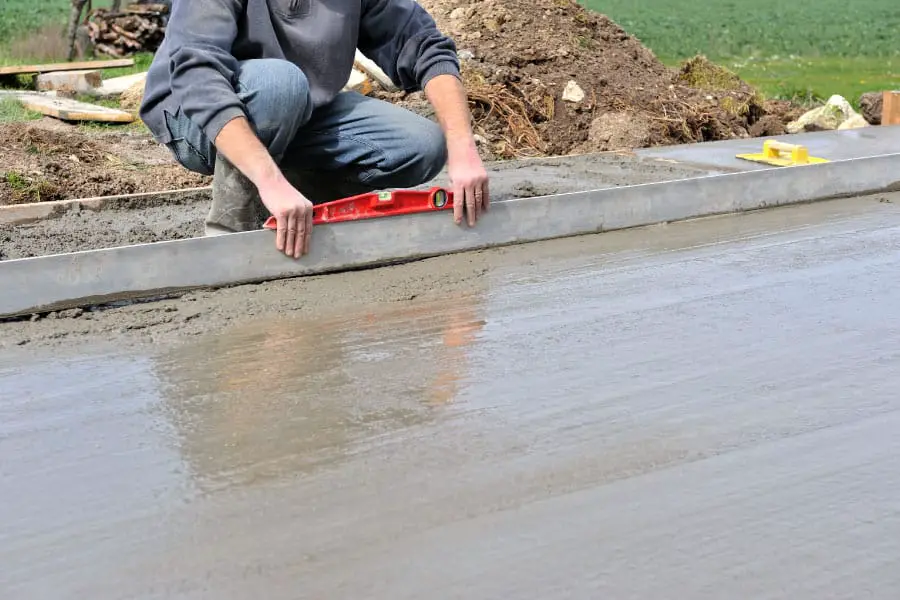
A brief explanation of concrete during construction
Concrete during construction, especially in the case of concrete slabs, will probably require a concrete factory to deliver the wet concrete to the site.
This is because, since you are extending a concrete slab, it’s assumed that there is already a built structure, which entails that there is limited space to work around with. This will require an entirely new approach compared to how you would go about constructing a house from scratch.
How concrete is poured in this situation is usually with a hose. As soon as the rebars and the ground is prepared, as well as the formworks, the extension can begin.
Concrete takes 28 days to reach its full strength. During this period of curing the concrete, it must be regularly wet to ensure that the concrete does not become too brittle when it finally sets.
During this period, while the concrete is still somewhat workable at around the 7th or 14th day, depending on the mixture for the concrete and the type of concrete it is, other structural components are then added. Usually, the only things that should be attached to the slab at this stage are the columns and the walls.
How to prepare for a concrete slab extension
Since extending a concrete slab is a structural renovation, this entails that it will require a lot of preparation work and a lot of additional construction. Since you’re having a slab constructed, it is automatically assumed that you will have everything that comes with a slab also constructed: the columns, walls, beams, roofs, and the finishes and utilities.
Make sure that you have allotted enough space for such a construction project to proceed. This includes making sure that there is enough space for materials to fit through and enough space for storage for materials that should ideally be kept on site.
DIY Concrete Slab extension
There are scenarios where you can actually extend a concrete slab that does not require help from a contract or an architect. Although, it does help to have an expert to make sure nothing goes wrong and the quality of the extension will be great. This could only be done if you plan on extending the ground floor concrete slab of your house and if there will be no structurals above your house.
This can be labeled as adding a pavement around your house, but it still technically extends your concrete slab on the ground level. This can also be labeled as a Patio once the extension has reached a certain size. Simply adding the formwork, pouring in the concrete, and adding the finishes on top can already be considered a renovation.
The reason you can do this without an architect or an engineer is that there are no structural loads involved with this type of renovation, and it won’t affect your home’s structural planning in general. This, of course, will depend on the complexity and the importance of the extension to your house. It will always be highly recommended to hire professionals when making any changes to your house to avoid making mistakes and ensuring that everything goes well.
Conclusion
Concrete slabs are an essential part of a building. Without a slab or any proper structural component, it would be impossible to perform activities inside a structure, especially in the upper levels.
A concrete slab extension is an arduous task but the benefits and future utility that it provides is definitely worth the cost and effort. Again, any renovation made to a house can be seen as a future investment as the prolonged use of the added spaces and functions make it worth the expenses.

